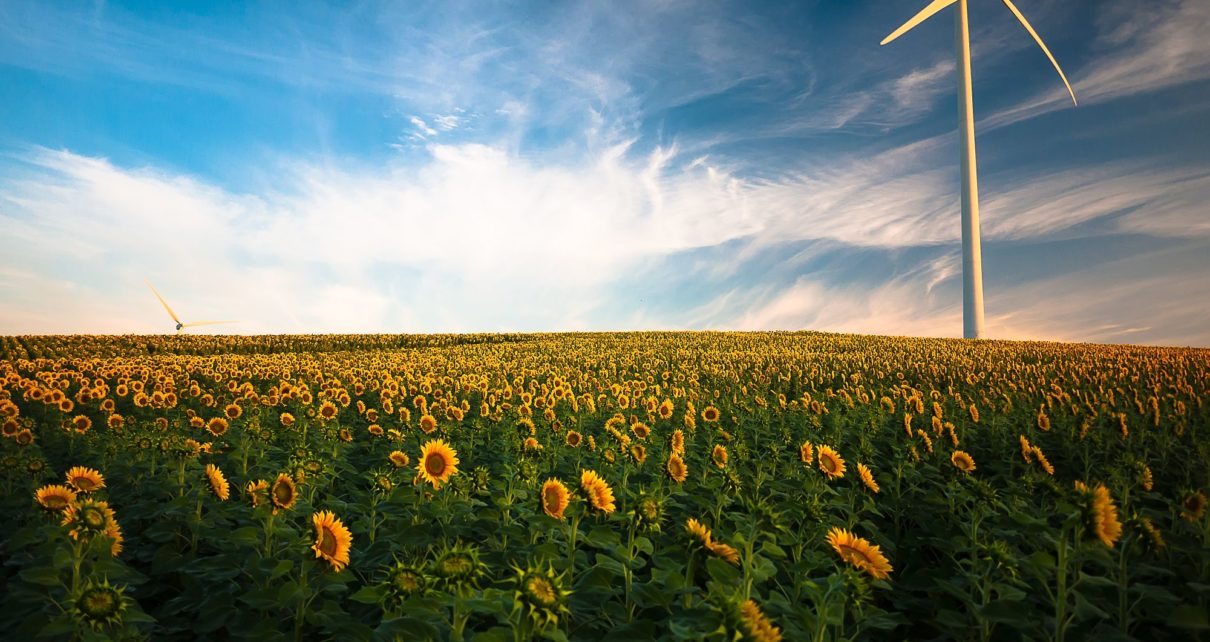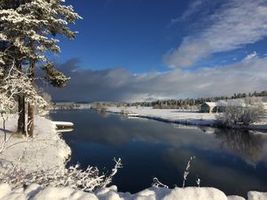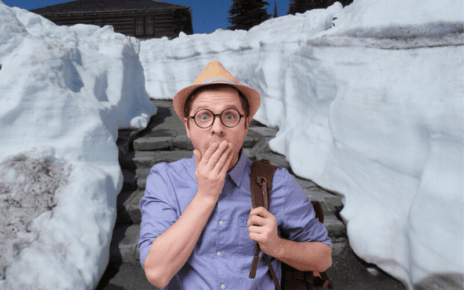The Willamette is a vital, multi-purpose waterway that touches the lives of millions of people. It provides ports for commercial barges and oceangoing ships, irrigation for crops sold worldwide, an abundant fishery, and recreational opportunities.Nearly 70 percent of Oregonians live within 20 miles of the Willamette River, and some may not even realize it.
Although the river passes through nine counties and 19 cities, miles of its channels and backwaters cannot be seen from roads or towns. With many communities no longer economically dependent on it, the Willamette can be overlooked – so familiar a part of our landscape that it fades into the background.
A great many pastimes can be enjoyed on the Willamette. These include boating, camping, picnicking, swimming, hiking, bicycling, wildlife viewing, fishing, and hunting. There are ten state parks, three public ferries, and more than 170 Oregon State Willamette River Greenway parcels, city and county parks, boat ramps, and Division of State Lands parcels along the river and its major tributaries. The river provides habitat for hundreds of types of plants and many species of birds, fish, and animals.The Willamette River drains 12,000 square miles of land at an average rate of flow that would fill 175 buildings the size of Portland’s tallest skyscraper every day.
A Brief History
The Willamette is one of the few major rivers in the U.S. that flows primarily north. So narrow and shallow in places that pioneers felled trees for bridges, it also widens to more than 2,000 feet across in Portland. Originally, the river meandered in a wide swath across the valley floor, changing channels frequently to form new islands and oxbows. Today, the Willamette is rather tame by comparison. Wing dams, revetments, dredging and flood control projects have altered the flow patterns to create a simpler, deeper channel.
There is evidence of human presence in the Willamette Valley as long as 10,000 years ago, several thousand years after the close of the Ice Age, when Asiatics from what is now Siberia crossed over an Alaskan land bridge into North America.
Most of the Willamette Valley Native American inhabitants were Kalapuyans – a collection of bands that shared the same dialect. They included the Calapooia, Tualatin, Santiam, Yamhill, and Luckiamute bands. Although these native bands in the valley subsisted mostly on nuts, berries and roots, they also were good hunters – using the snare and trap as effectively as the bow and arrow.
A smallpox epidemic in 1782-83, followed by a malaria epidemic from 1830-33, wiped out 80 percent of the native people. By 1856, surviving members of the various bands were resettled under treaty onto the Grand Ronde reservation near Valley Junction.
The Willamette River was first noted in 1792 by English navigator Lt. William R. Broughton, a member of Capt. George Vancouver’s expedition. Then in 1806, explorers Lewis and Clark ventured upriver for about seven miles on behalf of the United States. The first Euro-Americans were the fur trappers, mostly working for the Hudson’s Bay Company at Ft. Vancouver. They were followed by the missionaries, who tried mightily to convert Native Americans to Christianity. Finally, there came the settlers, mostly farmers, who crossed the Oregon Trail. 53,000 of them reached the valleys of Oregon between 1840 and 1860.
A River with Diverse Outdoor Opportunities
Whether you’re a veteran or a rookie on the Willamette, it is important to respect its waters. Although considerably tamer than the way explorers found it 200 years ago, the Willamette still changes with each season and even with the daily tides. –
The Willamette River Guide is designed to make it easy to visit and safely experience the river, whether by boat, bicycle, motor vehicle or on foot. It begins with the Willamette’s history, remembering the river’s role in early settlement through modern times.
The guide has lots of illustrations of diverse species, the wildlife section celebrates the abundance and beauty of the river’s plants and animals. Next, the clean river section outlines sanitation concerns, waste issues and innovative programs like Clean Marina. The boating section offers safety tips and information about the rules and hazards of navigation. Finally, the guide highlights suggestions for planning a trip and the destinations which are best suited for boating, biking, hiking, fishing, or hunting.
The remainder of the guide provides detailed maps for each section of the Willamette. They include: state and local parks, state greenway and Division of State Land parcels, boat ramps, marinas, wildlife areas, public roads that lead to parcels or parks, and other points of interest. Finally, there is a list of contact information for additional resources.
http://www.oregon.gov/osmb/library/docs/willametteriverguidepdf.pdf
boatoregon.com





